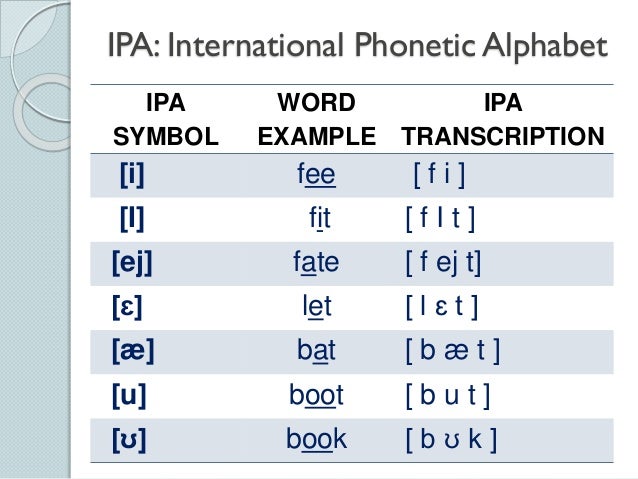Ipa Slashes
Melvin Brewing was born in 2009 in the heart of Jackson Wyoming. The Melvin team was on a quest to produce the biggest and baddest West-Coast Style IPAs. Like, true chemists, they experimented on a 30-gallon, then three- barrel brew house system, and developed the award-winning Melvin IPA and 2×4 Imperial IPA.
| |||||||||||||||||||||||||||||||||||||||||||||||||||||||||||||||||||||||||||||

Ipa Brackets Or Slashes
IPA in LaTeX
- Short answer: use slashes. Slashes are used for phonemic transcriptions or for very approximate phonetic transcriptions, and brackets are used for phonetic transcriptions. A phonemic transcription has only enough information about the pronunciation to identify which words are being said, for someone who knows this language and dialect.
- In English, both in Received Pronunciation and in General American, the IPA phonetic symbol /tʃ/ corresponds to the initial consonant sound in words like 'check', and the final one in 'catch'. Strict IPA emphasises the fact that /tʃ/ is one phoneme: 'teacher' is /ˈtiːt͡ʃər/ and 'hotshot' is /ˈhɒtʃɒt/.
The tipa package is by far the most common method of providing IPA (and other phonetic symbol) capabilities to LaTeX documents. To use this package, include the following in your document's preamble:
Using TIPA
The TIPA Manual provides extensive documentation on the package, including a useful list of phonetic symbols and their correspondnig TIPA input(s). Perhaps the most common way of using the package is to include phonetc symbol inputs inside a textipa{} environment. For example:
Use of this package is fairly straightfoward, and the manual will be of great help for looking up symbols.
Other Hints
If you use the textipa environment frequently, you may wish to make a shorter name for it. Something like newcommand{ipa}{textipa} will work for this and allow you to use ipa{} instead of textipa{}.
Ip Slashes
If you frequently surround transcriptions with brackets ([]) or slashes (//), you may wish to create commands to make this easier. For example, I often define something like newcommand{nt}[1]{textipa{[#1]}} for narrow transcriptions (conventionally surrounded in brackets), and then nt{o} produces [o] as output. Similarly, you could define newcommand{wt}[1]{textipa{/#1/}} for wide transcriptions, and wt{i} would produce /i/.